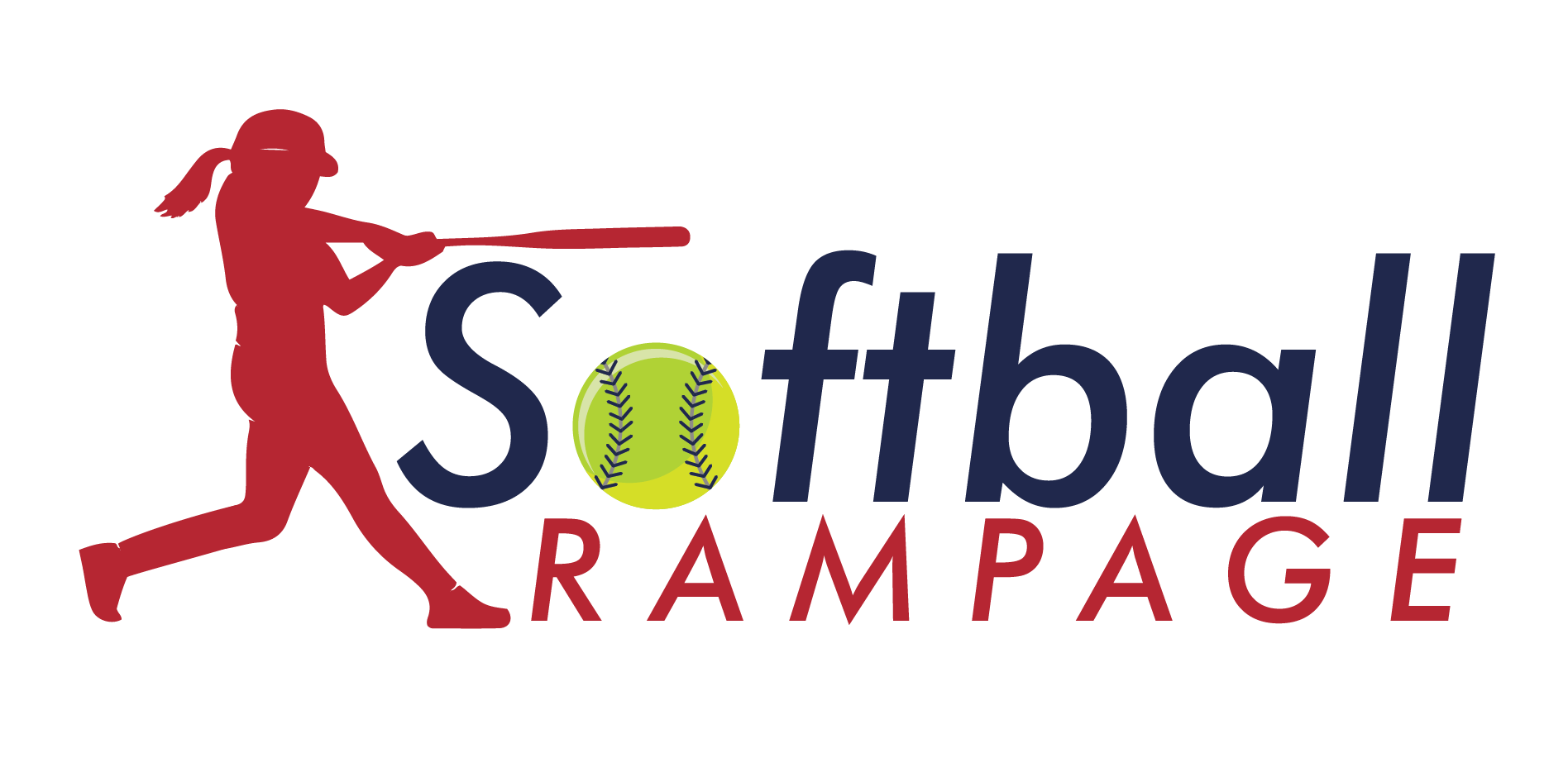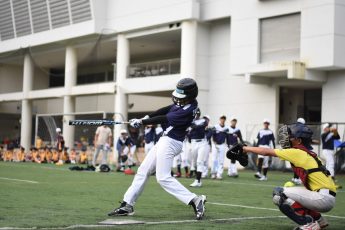Introduction
Quick Navigation
There are two categories of softball, and they are slow pitch and fastpitch. In slow pitch softball, the pitcher throws the ball at a speed of about 25mph, while in fastpitch softball, the ball’s rate is about 50 to 60mph. This difference in speed is due to the windmill motion present in fastpitch softball but absent in slow pitch. Windmill motion occurs when a player spins his or her arm around before throwing the ball underarm. Another difference between slow pitch and fastpitch softball is bunting. Bunting is when the player hits a ball in the strike zone without swinging the bat. Unlike fastpitch softball, bunting is not allowed in slow pitch softball. Rules for stealing bases also differ for both slow pitch and fastpitch softball. In slow pitch softball, the rules are stricter. The players can only leave the base when the ball crosses the home plate, but in fastpitch, players can stand several feet from the base or attempt to steal a base before the pitcher throws the ball. Also, scoring in slowpitch takes longer than in fastpitch. The long scoring time is a result of the slow ball speed in slowpitch. Innings take longer, and there are also more runs in slowpitch softball.
Slowpitch softball
Bats used in slowpitch softball have designs that make it easy to hit slow-moving balls. The general skills required in slowpitch softball include fielding, base running, throwing, pitching, hitting, and catching. All these skills have different techniques and drills that can improve them. Due to the ball speeds in both slow pitch and fastpitch softball, hitting drills are different for the two categories. To know more about fastpitch softball, check Top Softball Fastpitch Hitting Drills
You can also check out the following articles, What is the average softball pitch speed and Best Softball Pitchers
Slowpitch hitting drills
Hitting drills are a series of exercises that improve skills and also keep the player in shape. Bat selection, grip, and the ball hitting are all essential in achieving a better hit. Bats used in slowpitch softball are usually 34inches in length and 2¼ inches in diameter. A slow pitch hitter should go for a comfortable bat rather than a heavy one. Bat grip is also essential. Players should always hold the bat close to the handle for a better hit. You can improve ball hitting through drills, which include;
- Quick-swing drill
Power is essential in slowpitch softball, and a quick swing helps the batter increase bat head speed through the hitting zone. To carry out this drill, stand with your back foot against a wall and drop your hands down to begin your swing. During this drill, the bat must stay vertical and should not drop down into the hitting zone until you have cleared the wall. Quick swing generates power and also gives the hitter instant feedback. The drill also helps the hitter develop quicker hands.
- Two ball drill
Recognizing pitch location can improve hitting. To carry out this drill, a teammate or coach should stand about five feet to the side of the batter. The coach or teammate should toss two softballs into the air at the same time. The hitter must hit the higher ball and let go of the low pitch ball. This drill improves the hitter recognition and also makes swinging consistent
- One-hand drill
This drill improves bat speed in players. Bat speed help players hit the ball with power. To carry out this drill, place a softball on a tee in the middle of the strike zone. Hold the ball with your lead arm (right-handed players use their left hand as a lead arm) and raise the opposite arm’s elbow. The palm of your right arm should be inside the bat handle and face away from you with the base of your four fingers touching the bat. Bring the bat into a standard hitting position, use your left arm to swing the bat and your right arm to push the bat forward.
- Throwing the bat drill
You can generate power if you use your whole body while swinging. Shift your weight forward when about to hit the ball, and you will hit the ball hard. To carry out this drill, hold a bat sized object and assume a batting stance. Take a normal swing and throw the object as far as possible while maintaining a swinging position. The faster the object travels, the more power the wing produces. Try this drill out for different stride lengths, and always shift your weight from the back foot to the front when about to throw the object.
- Angle toss
This drill focuses on the position of a player’s hands during the swing. A player’s hands should be between the body and the ball. To carry out this drill, a hitter should set up at the plate in a normal stance. Stand at about 12 to 15 feet away from the hitter and toss a ball toward the batter. The batter has to hit the ball into fair territory.
- Hit to all fields
This drill helps a hitter drive the ball as far as possible. The batter pulls about five balls and hits the balls regardless of where there is a pitch when carrying out this drill. The batter hits the first five balls to the left-center position, then hits another five balls to the straightaway center. The batter also hits another five balls to the right-center and five to the right field. When pulling the balls, the batter swings a little early and open the stance to pull the ball, and when hitting the ball, the batter swings a little late and closes the stance to hit the ball.
Conclusion
Winning a softball game does not come easy. However, constant practice and exercises differentiate players from one another. An exceptional player carries out drills repeatedly. Hitting drills improve hitting skills in players and also exercise different muscles that keep the player in shape. A hitter must also have strength, speed, timing, and technique. The drills listed above improve these skills.

